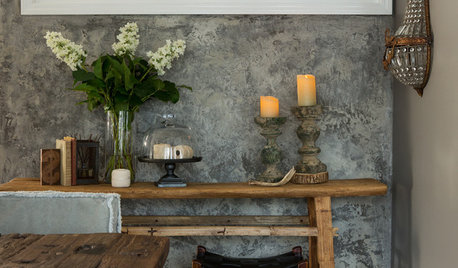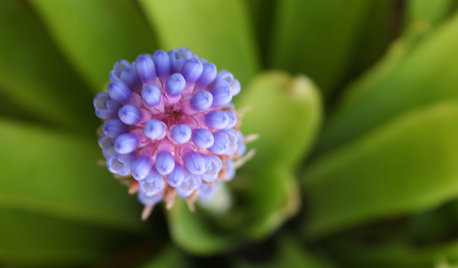I've been off and on with this forum, mainly answering queries on pineapples which I've been growing for many years. Other Bromeliads I'm not so good on. This is one that I have growing on the edge of a garden bed bordered with rock (lateritic rock to be a little more precise). You can see one of the spent inflorescences behind the new flowers coming. It developed seed pods but they seem to be empty. Not surprising as we don't have the pollinators here. My question is for the ID, at least at genus level, and also just where is the best location for it. There's some small slightly yellow blotches on the leaves which I don't think are normal. So I was wondering whether I should have it up in a tree or on a log. I'm thinking the soil may not be entirely agreeing with the plant. Any comments greatly appreciated, thanks.









splinter1804
tropicbreezentOriginal Author
Related Professionals
Havre de Grace Landscape Architects & Landscape Designers · Hyattsville Landscape Architects & Landscape Designers · Suffern Landscape Architects & Landscape Designers · Vernon Hills Landscape Architects & Landscape Designers · Broomfield Landscape Contractors · Del Aire Landscape Contractors · Fair Lawn Landscape Contractors · Wilton Landscape Contractors · Austin Fence Contractors · Cherry Hill Fence Contractors · Natick Fence Contractors · Paramount Fence Contractors · Sandy Springs Fence Contractors · San Jacinto Siding & Exteriors · South Barrington Siding & Exteriorshotdiggetydam
tropicbreezentOriginal Author